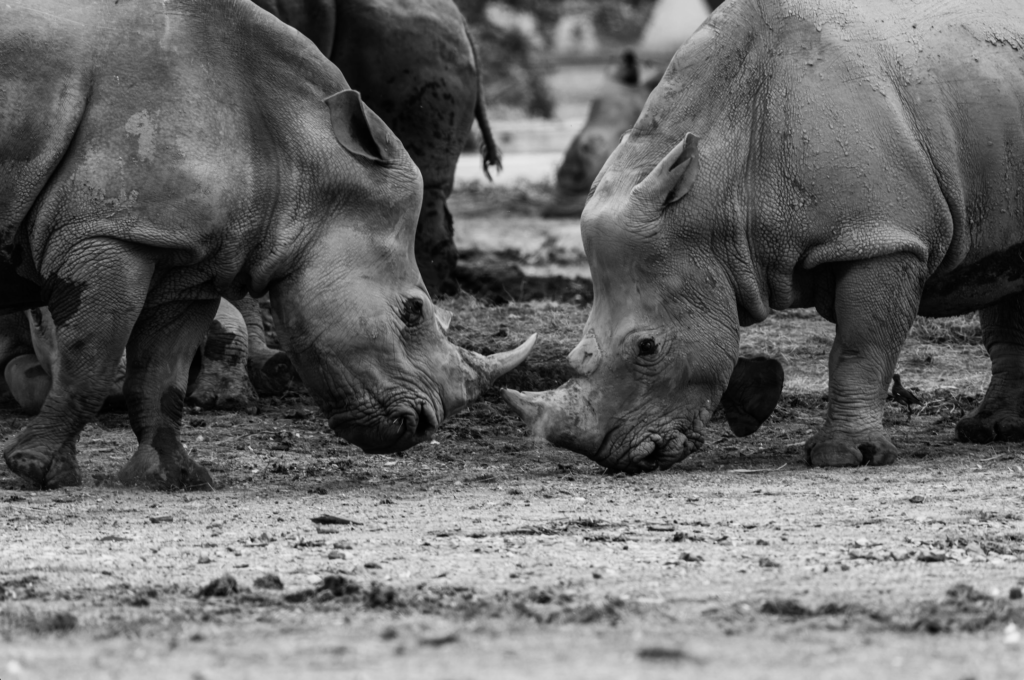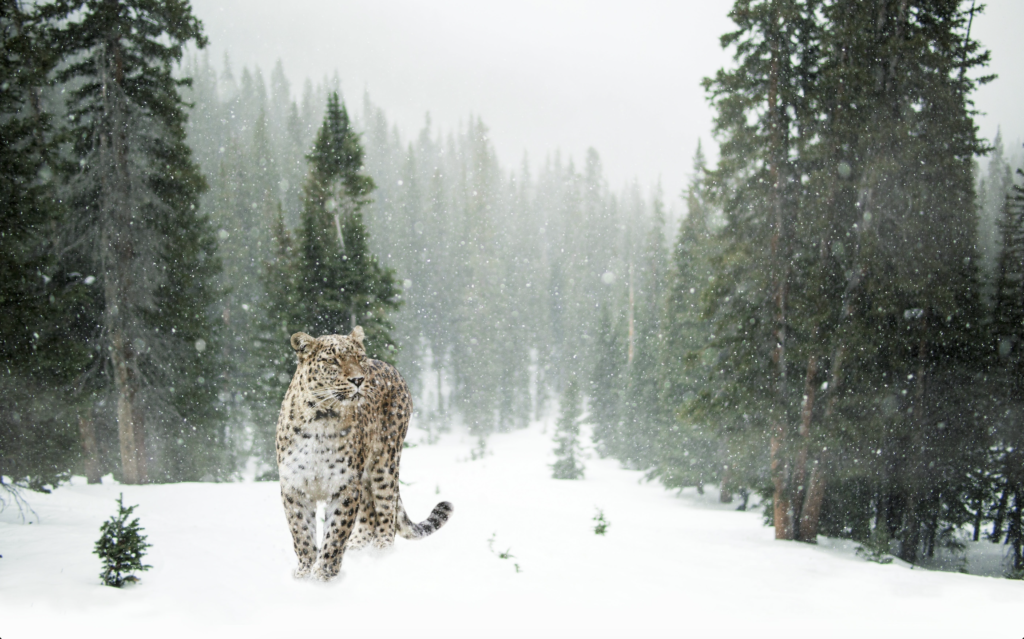By Sarah Dassinger, Rhodes College ‘25
Scientists fear human activity has induced a sixth mass extinction.
Around 1 million animals are currently under threat of extinction. Greenhouse gas emissions, if continued, will lead to the extinction of 1⁄3 of Earth’s animals and plant life by 2050. Scientists fear human activity has induced a sixth mass extinction. According to a 2015 research article, the average rate of vertebrate species loss over the last century was already 100 times higher than the background rate (a rate taken from times between mass extinctions). Their estimations revealed an “exceptionally rapid loss of biodiversity over the last few centuries” and thus showed signs of a mass extinction already underway.
Humans cause first extinction
Human-caused extinctions first occurred around 10,000 years ago. Scientists at the National Museum of Natural History note that “early humans worked cooperatively to trap and slaughter large animals in pits” and “began farming, settling down, and making drastic changes in the habitats of other species.” This extinction witnessed the loss of mammoths, mastodons, and glyptodonts.

How are we impacted by extinctions?
A mass extinction affects our planet’s biodiversity by upsetting the balance of the ecosystem where the animal once resided. Although some extinctions do occur naturally (such as the first five mass extinctions) and result in the evolution of new species, this would be the first mass extinction due to human activity. Extreme extinction would harm Earth’s biodiversity; each affected animal disrupts the balance of its respective ecosystem and leads to further loss of life. Critically endangered animals (2023), according to the World Wildlife Organization, include the African Forest Elephant, Amur Leopard, Black Rhino, Bornean Orangutan, Cross River Gorilla, Eastern Lowland Gorilla, Hawksbill Turtle, Javan Rhino, Orangutan, Saola, Sumatran Elephant, Sumatran Orangutan, Sumatran Rhino, Sunda Tiger, Vaquita, Western Lowland Gorilla and the Yangtze Finless Porpoise.
Though news of animal extinction is devastating, it hopefully provides a catalyst for people to pay attention to the wildlife surrounding them. Though you may not live near elephants, leopards or gorillas, you can still help support your home-town wildlife. To prevent further extinction and care for our environment, we can learn about the species around us and how to protect them; plant native plants that the animals can use for habitation; stay away from harmful herbicides and pesticides; be conscious of the products you buy and how they affect the environment; and drive carefully!







